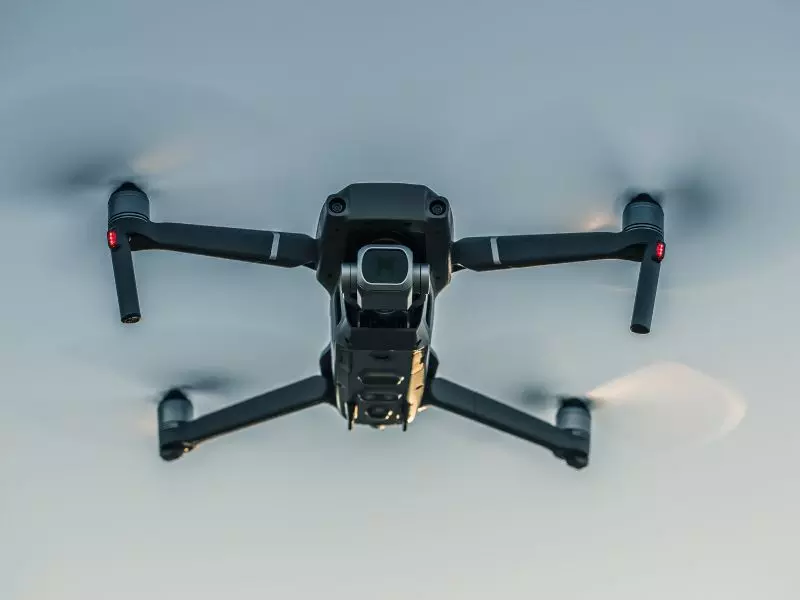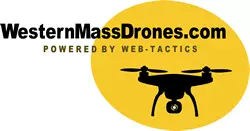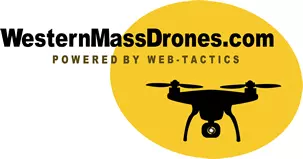Drone Photography vs Traditional Photography And When to Use it

While few companies have their own in-house staff dedicated to creating or capturing these image & video assets, most small to medium businesses prefer to outsource this task to local photography companies who specialize in capturing high-quality assets for commercial use.
In the past 5 years or so, the most significant innovation within the photography industry, one that has figuratively turned the industry on its head, is the rise of drones and drone photography. Drones today are commonplace in many industries and with low barriers to entry and pilot certification, the number of drone companies in Massachusetts has skyrocketed.
From a company perspective though, which job requires which kind of photographer? Given that not all drone operators are also skilled photographers, how do you know which kind of professional to call upon for a specific task?
In this article, we'll outline the situations that would mandate a drone photography company vs a traditional photographer.
Drone Photography vs Traditional Photography
When to Use a Drone Photographer:
Not all image/video asset requirements are made equal. This means that the most important thing you need to consider is what the actual end requirement is. Ideally, you would call upon a drone photography company if:
Risky Shoot Conditions
You need images or video footage of an area that is difficult or dangerous to access with traditional methods. Traditional methods in this case could mean things like elevation, inaccessibility, health hazards, and so on. If the shoot calls for a person to be in a position or place that could potentially result in serious bodily harm, injury, or even death, then it's best to send a drone to do a man's job.
Large Area of Capture
Another reason to use drone photography vs a traditional photographer is if the area that needs to be captured is geographically large enough to warrant a shot from the air. In the past (read less than 7 years ago), this meant hiring a helicopter for a day's shoot and spending a huge amount on the incidental expenses that come along with it. Not surprisingly, these shoots typically ended up being for companies with big marketing budgets. Today though, even a small mom & pop store can hire a drone company to take a wonderfully detailed aerial photograph or video that will blow your mind.
Image Perspective
Lastly, drone photography is ideal for situations that call for a different or unique perspective that is impossible to achieve any other way. A fly-through in a forest or a warehouse for example is something that can never be replicated by a helicopter; regardless of how skilled the pilot thinks he is : ) A drone on the other hand can get this done in a jiffy and at a fraction of the cost and time.
When to Use a Traditional Photographer:
Having explored the drone side of things, let's now take a look at situations where a traditional photographer is the one to call:
High-Quality Images
This is a no-brainer, but it's still worth mentioning. If you need extremely high-quality images for print or very large format digital screens, then you're going to want to use a DSLR camera that takes amazing pictures. Drones currently do not have the image sensor size to compete with the quality of images produced by a DSLR.
Interactive Shots
If you need images or video footage that include people or animals in the frame and require interaction, then a drone is not going to be able to do this for you. Traditional photography is still the best way to go about capturing these types of assets.
Low-Light Conditions
Again, this has to do with image sensor size. If you're shooting in low-light conditions, a drone is not going to be able to produce the same image quality as a DSLR or even a point & shoot camera.
Conclusion
At the end of the day, it's important to choose the right tool for the job. A drone might be able to capture stunning aerial footage, but it can't always match the quality or creativity of a traditional photographer. Similarly, a traditional photographer might not be able to get the same shots as a drone, but they can provide a level of quality and control that drones can't. Ultimately, it's up to you to decide which is more important for your project.

